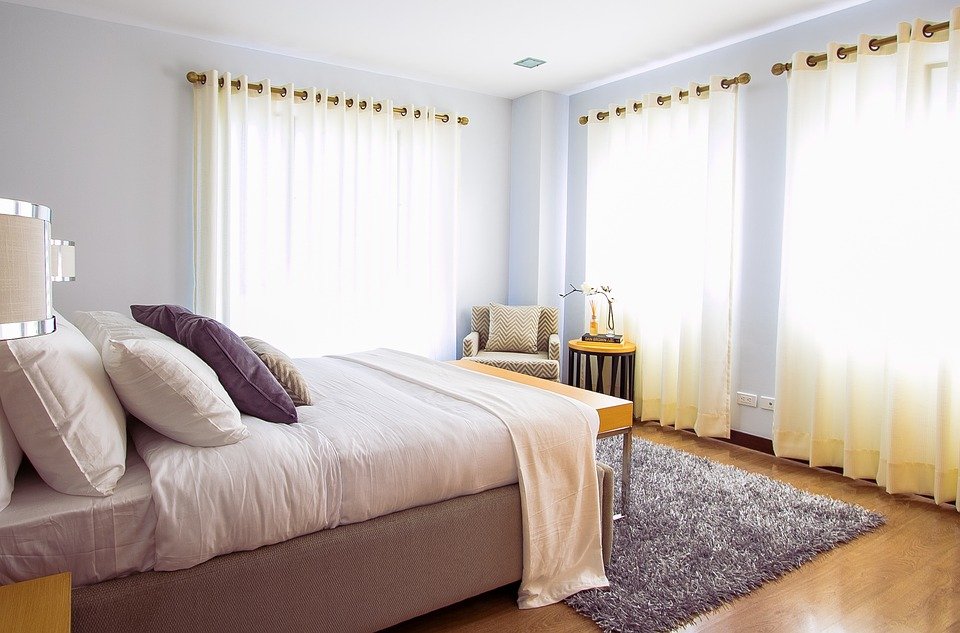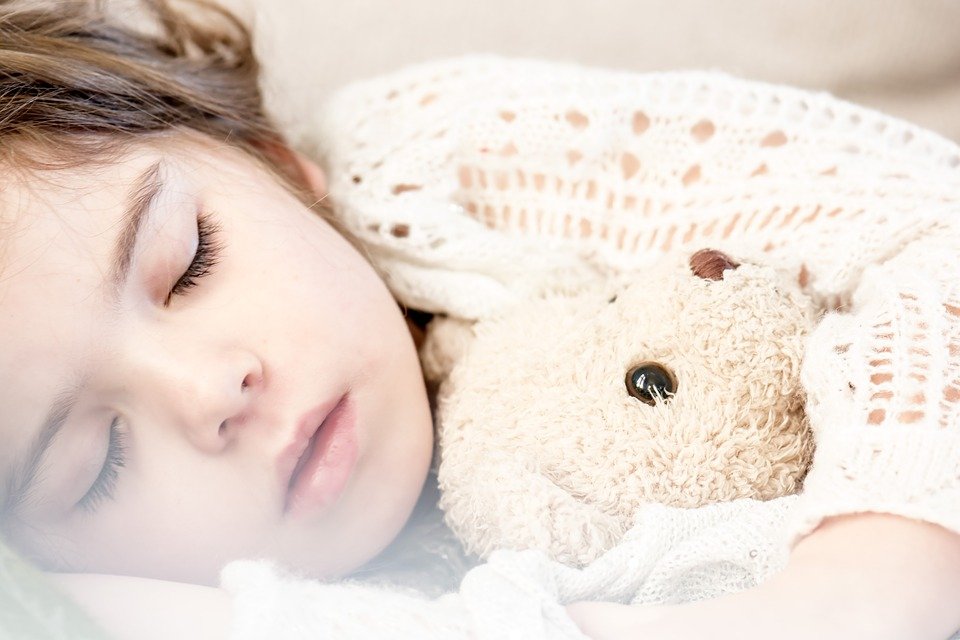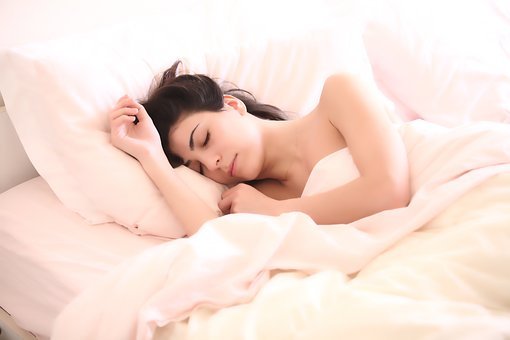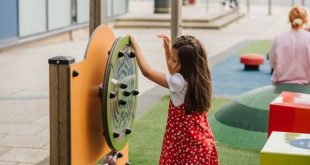The market has exploded with various types of activity trackers in recent times. You can see millions of people owning one such device. From heart rate to oxygen intake and number of steps, these gadgets record everything. The exciting part is that they not only read activity but inactivity also, i.e., your sleep. You may wonder whether they are useful. Before getting onto that, let’s first understand the different stages of sleep.
Different phases and cycles of sleep
When you go to sleep, you traverse through various stages before falling into a deep sleep. In the beginning, you enter into a light sleep mode from where you can quickly wake up. This stage is short-lived, though. In the next level, the brain waves gradually become slack. It is also a stage of light sleep. After that, in levels 3 and 4, your sleep gets deeper. It’s not easy to wake up from this condition. According to experts, the human body and immunity system heal and grow during the third and fourth phases of sleep.
Following these comes the final stage in the cycle, called Rapid Eye Movement (REM). It is this stage where you see dreams, and your brain is active. It processes all the details and creates lasting memories.
The duration of the cycle can be anywhere from 90 to 110 minutes. The length of the REM cycle keeps extending as you continue to sleep.
Sleep monitoring devices
Since sleep can play an essential role in your overall health and well-being, you may want to improve its quality by understanding where you need to tweak changes. With the help of sleep trackers, you can achieve this goal to a massive degree. In stores, you get a choice of wearable and non-wearable devices. The wearable ones are mostly available in ring and bracelet formats, while the contactless sleep trackers can rest on your pillow or bedside table. Some features that you can find in these devices include:
- Sleep duration: Helps track the time right from falling asleep to waking up in the morning.
- Quality of sleep: Records the interruptions in your sleep. It reads when you turn, toss, or get up from your bed at night.
- Stages of sleep: In some devices, you can get a tracking facility for the phases of sleep. For example, when you are sleeping light, the device can ring the alarm to help you rise.
- Sleep environment: With some devices, you can also get to learn about the suitable temperature and lighting condition in your room that promotes good sleep.
Besides, some devices also help you to keep a tab on factors that can hamper the quality of your sleep by asking you to provide information about the quantity of caffeine intake in a day, stress level, food, etc.
Although sleep trackers may not directly measure your sleep, these can still enable you to detect sleeping patterns and habits so that you can improve it. It can guide you whether you sleep better from 10 p.m. to 6 a.m. or 11 p.m. to 7 a.m. Also, you can create an environment that fosters good sleep.
If you think you should buy one of these, then make sure to check out the best sleep trackers – our top picks and buyer’s guide for suggestions.
 World inside pictures Collect and share the best ideas that make our life easier
World inside pictures Collect and share the best ideas that make our life easier










